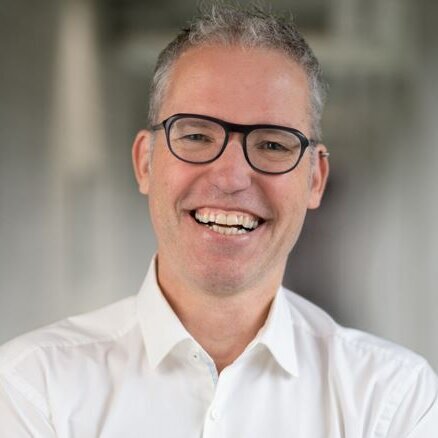Download the POLYRISK and AURORA fact sheets for overviews on these two projects and the Webinar Q&A.
There is widespread concern about the ubiquity of micro- and nanoplastics (MNPs) in our environment. These tiny particles result from the degradation of plastics, or are manufactured and added to products for a variety of purposes. They can find their way into the human body through the food, water or air. Yet, so far, we know little about human exposures and health effects.
Over the past three years, the European Commission has funded an informal network called the Research Cluster to Understand the Health Impacts of Micro- and Nanoplastics (CUSP) dedicated to advancing our understanding of the health impacts associated with MNPs. Its latest policy brief, "Micro- and Nanoplastics and Public Health: A Reasonable Concern," highlights key findings from CUSP's research efforts and underscores the importance of addressing this emerging public health concern. CUSP is composed of five collaborating research projects: AURORA, ImpTox, PLASTICHEAL, PlasticsFatE and POLYRISK.
The findings from these research projects can have far-reaching implications for European policies on chemicals, plastics, food, and water. Findings related to carcinogenicity, mutagenicity, reproductive toxicity, respiratory toxicity, and fate and exposure assessment of MNPs can trigger the need for, and inform, regulatory decision-making.
This webinar highlighted the work of two projects from the cluster: AURORA and POLYRISK.
Dr. Hubert Dirven (POLYRISK) presented research on exposure to micro- and nanoplastics in real-life scenarios and potential adverse effects on the immune system, for example in indoor soccer fields with artificial turf with rubber granulate infill. He discussed knowledge gaps related to exposure and human health effects.
Prof. Roel Vermeulen (AURORA) presented research conducted to better understand how MNPs can affect pregnancy and development in early life.
The webinar was moderated by Génon Jensen (Health and Environment Alliance, HEAL).
Featured Speakers

Dr. Hubert Dirven is Department Director at the Norwegian Institute of Public Health. At present, his department is responsible for delivering knowledge based evaluations on REACH chemicals to the Norwegian Environment Agency and assignments for the European Chemicals Agency (ECHA) and European Food Safety Authority. Dr. Dirven and his colleagues are conducting experimental and epidemiological research in areas including immunotoxicology, developmental neurotoxicity, respiratory toxicity and biomonitoring. Before 2013, he was employed as toxicologist and project director in large and small pharmaceutical companies. He is a European Registered Toxicologist (ERT). He is involved in several EU projects including Eximious, POLYRISK, ONTOX and PARC.

Prof. Roel Vermeulen is a Professor of Environmental Epidemiology and Exposome Science at the Institute for Risk Assessment Sciences (IRAS), Utrecht University and at the Julius Center for Health Sciences and Primary Care, University Medical Center Utrecht (UMCU), The Netherlands. He is the co-chair of the Personalized Health and Medicine Program of Utrecht Life Sciences at Utrecht University and co-coordinates the preventive health program of the alliance between the Universities of Wageningen, Eindhoven and Utrecht and the UMC Utrecht. Prof. Vermeulen’s scientific research focuses on environmental risk factors for cancer, cardiometabolic and neurological diseases through inter and trans-disciplinary research. He coordinates the Dutch research program on the exposome (Exposome-NL), leads an EU project (EXPANSE) as part of the European Human Exposome Network and coordinates the Dutch Hub of the European infrastructure on Exposome research (EIRENE-NL). He is the PI of several large case-control and prospective (biobank) studies in occupational and the general population. He is a member of the Dutch Health Council and has authored/co-authored over 700 publications.
This webinar was hosted by the EDC Strategies Partnership, which is co-chaired by Sharyle Patton (Commonweal Biomonitoring Resource Center), Jerry Heindel and Sarah Howard (Environmental Health Sciences' Healthy Environment and Endocrine Disruptor Strategies, HEEDS), Génon Jensen (Health and Environment Alliance, HEAL), and Rachel Massey (Collaborative for Health and Environment, CHE). To see a full list of past calls and webinars related to EDCs and listen to or view recordings, please visit our partnership page.
